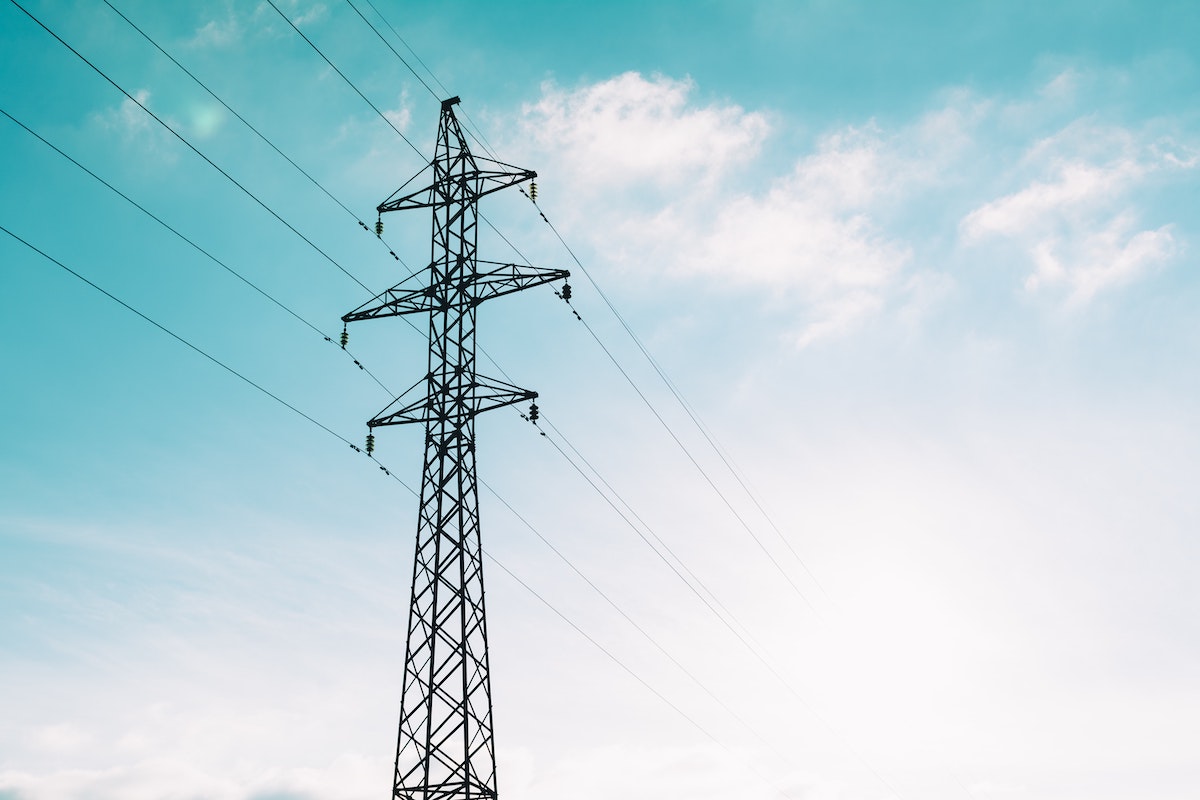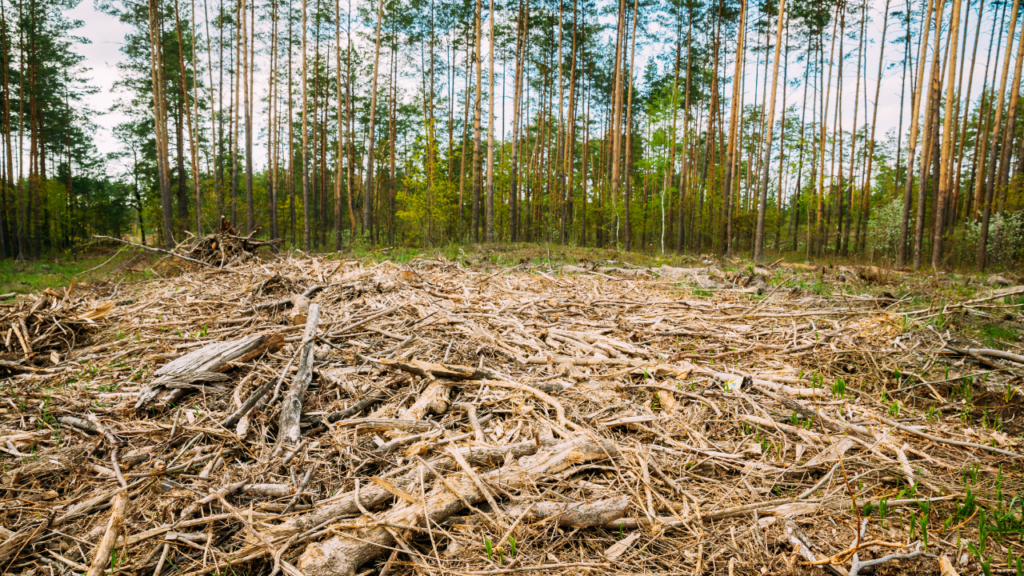
JOINT STATEMENT 14/12/21
Renewable energy transmission lines are essential to reducing pollution, protecting climate and preserving nature.
Replacing fossil-fuels with renewables is essential to avoid the worst impacts of global warming and keep our communities safe.
It’s a big task that will require replacing all coal-fired power stations with renewable energy such as solar, wind and hydro, backed by storage, this decade. To do so successfully, we need renewable energy transmission lines to plug our homes, schools and workplaces into this cleaner and cheaper power source.
In this critical moment, one of the biggest barriers to replacing fossil fuels with renewables is transforming our electricity grid from one centred around coal regions, to one centred around wind and solar regions.
Not all of us can install solar panels on roofs. Our energy-intensive industries as well as our hospitals, trains, and essential services all require high volumes of electricity to continue operating. The rise of electric vehicles will see a dramatic increase in energy demand. On top of that, more industries that traditionally relied on oil and gas are electrifying so they can reduce emissions.
That’s why we need renewable energy transmission lines to carry high volumes of new, renewable energy generation from areas rich in sun and wind to where we need power. This will support our energy transformation; help us meet our international obligations that aim to keep global warming below 1.5 degrees; and keep our communities, natural environment, and endangered species safe from climate change.
Not acting on climate will result in a deeper crisis for the people and the planet. We are already seeing extreme weather events take a toll on farming and regional communities. Climate change is one of the biggest drivers for species extinctions, a crisis that is accelerating and needs to be halted and reversed.
There can be no renewable energy transition without transmission.
While coal and gas-fired power stations are still the largest source of emissions, our energy transformation is already well underway. Energy investors and consumers are increasingly prioritising clean and cheap renewable energy over polluting fossil fuels. Coal-fired power is likely to leave the national electricity grid by the mid-2030s, if not earlier.
To continue replacing coal as well as oil and gas, we need to build new and expanded transmission lines to carry reliable, affordable, renewable energy to our homes, schools and workplaces.
Right now, many transmission lines are at full capacity and cannot connect new renewables projects into the system, which means the renewables transition is slowing down, not speeding up. And there’s a risk that challenges in building renewable energy transmission lines could further delay the energy transformation we need. The Australian Energy Market Operator—the body responsible for managing our electricity network—has identified the transmission lines that must proceed to connect Renewable Energy Zones already underway and meet our energy needs. Some of these lines are already well into planning.
However, this is not happening fast enough. The timelines for planning and building the required transmission lines do not currently stack up against what is needed to act in line with keeping global warming to 1.5 degrees and avoid the worst climate impacts.
It’s been decades since we last built transmission line projects of this scale in Australia. Doing so will require strong coordination between state and federal governments, energy market bodies, regulators, and transmission companies. Planning processes must involve a greater role for regional communities and First Nations groups.
If we do this right, all of us can benefit.
Our energy transformation must be fair and provide opportunities for regional Australians in locations with planned renewable energy transmission lines.
Building renewable energy transmission lines will unlock jobs and economic development, especially in our regions. We call on governments and transmission companies to procure as much locally manufactured green steel and components for transmission lines as possible to maximise the number of regional jobs created by these large renewable energy projects. Government investment in training to prepare our workforce for the task ahead is needed.
Benefits for regional communities also include further local jobs and opportunities that come as a result of new wind, solar, storage, and renewable hydrogen industries that new transmission lines will enable.
Hosting transmission lines should add to the strength of farming businesses, not detract from them. Farmers along planned routes should be paid well to host the transmission infrastructure we all need, and for the disruption to their business including adjustments they need to make, such as purchasing new irrigation equipment that can go under the line. We call on governments to ensure transmission line payments are fair and enable all farms to continue to be productive underneath renewable energy transmission lines.
Where transmission lines are built along existing easements and government land, improvements to local amenity such as bike paths, low-growing biodiversity corridors and gardens should be planned in collaboration with the local community.
Communities hosting transmission lines must be involved in planning to ensure local impacts are minimised and genuine benefits achieved. These processes must uphold stringent standards of biodiversity protection and environmental impact mitigation. Transmission companies have a responsibility to ensure that the people who are directly impacted including Traditional Owner groups and local environmental groups are active participants in the planning process.
State and federal governments, energy market bodies, regulators and industry must work together to build renewable energy transmission lines fairly and in line with the pace required to meet international climate obligations.
As leading climate and environment organisations, we support the fair and timely rollout of renewable energy transmission lines. These projects will help protect our environment, our ecosystems, our species, our regional communities, our precious places, as well as our towns and cities from the threat of climate change.
Signed,
The Climate Council
The Australian Conservation Foundation
Environment Victoria
RE-Alliance
Solar Citizens
The Queensland Conservation Council
Nature Conservation Council (NSW)
Friends of the Earth Melbourne










